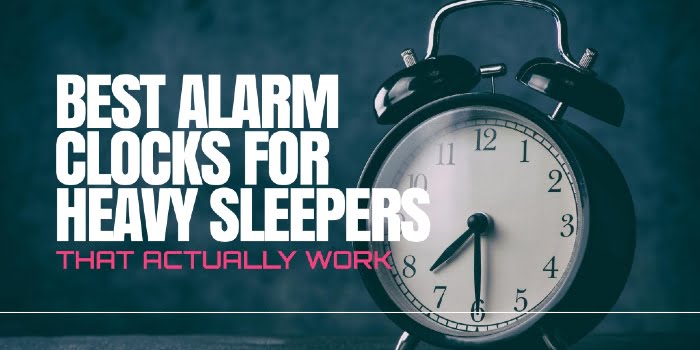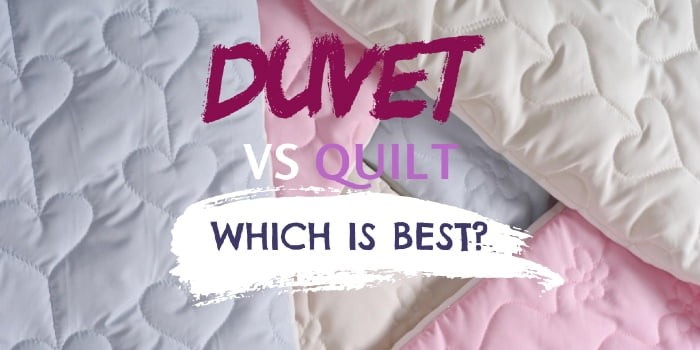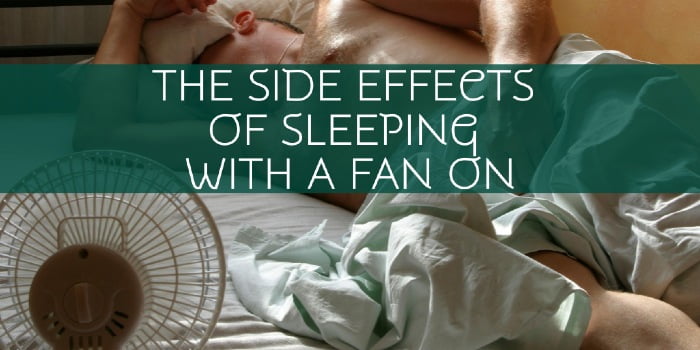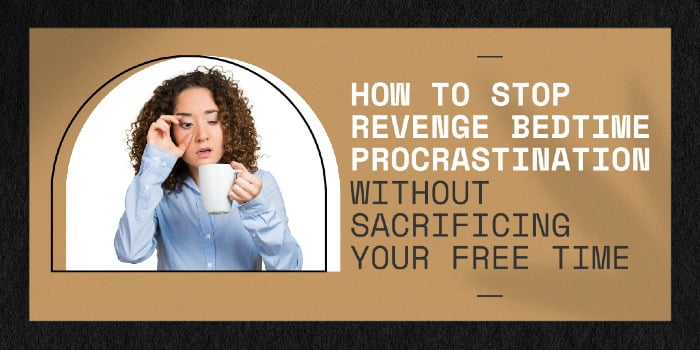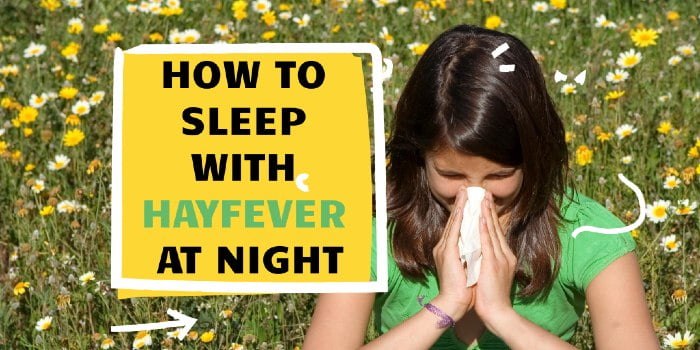If you’re waking up in the middle of the night, struggling to stay awake in the day, or have a partner that’s complaining about your excessive snoring, you may be suffering from Obstructive Sleep Apnoea (OSA).
In the UK, there are roughly 4 million people that suffer from this common sleep disorder. As well as interfering with your sleep, this condition can have serious medical risks, including increased risk of heart attack, heart failure, stroke, and sudden death.
So what is Obstructive Sleep Apnoea? To help you get a clearer idea and be on your way to a healthy night’s sleep, we’ve put together this guide to the causes and risks of Obstructive Sleep Apnoea and how you can treat it.
What is Obstructive Sleep Apnoea?
Obstructive Sleep Apnoea is when you stop breathing for 10 seconds or more when you’re asleep because your airways are blocked.
When this happens, your oxygen levels will dip causing you to wake up in order to start breathing again. It’s incredibly disruptive to your sleep, meaning you won’t be able to get your required hours to keep yourself healthy, happy, and alert.
So what blocks your airways?
When you go to sleep, your muscles relax, which includes the ones in your throat. The relaxed muscles in your throat can narrow the airways, reducing the amount of air that can flow in and out. For most people, narrow airways can cause nothing more than snoring.
For those with Obstructive Sleep Apnoea, the airways narrow to the point where they are completely closed, preventing you from breathing. When this happens, your body will jolt awake to restart your breathing before relaxing again into sleep.
This cycle can happen hundreds of times a night, making it very difficult for those with Obstructive Sleep Apnoea to get a decent night’s sleep.
What causes Obstructive Sleep Apnoea?

There can many different causes of Obstructive Sleep Apnoea, as it happens when something is obstructing your airways. In adults, the main cause of Obstructive Sleep Apnoea is obesity. In fact, studies have shown that 60-90% of people with Obstructive Sleep Apnoea are obese.
Obesity causes Obstructive Sleep Apnoea because increases the amount of soft tissue in your mouth and throat. When you’re asleep this creates a greater wait on your airways, causing them to become more narrowed and blocked.
Obstructive Sleep Apnoea can also be caused by:
1. Genetic factors
If people are born with a narrow throat, a set-back lower jaw or a small lower jaw, large tonsils, or even a large tongue will be more at risk of Obstructive Sleep Apnea. This is also true of those who suffer from genetic conditions like Down’s syndrome.
Obstructive Sleep Apnoea is more common in men than in women. In the UK, up to 13% of adult men suffer from the condition, double the number of women with only 6% suffering from Obstructive Sleep Apnoea (OSA).
2. Lifestyle choices
Those who smoke or drink alcohol are shown to have a higher risk of developing Obstructive Sleep Apnoea. In addition, alcohol can also limit your production of melatonin, making it more difficult for you to get to sleep.
Those who take sleeping pills can also increase their chances of developing Obstructive Sleep Apnoea.
3. Pregnancy or menopause
Women in the later stages of pregnancy are at risk of Obstructive Sleep Apnoea. However, this tends to be temporary and usually clears up after the baby is born.
Obstructive Sleep Apnoea is also more prevalent in women who have been through the menopause.
4. High blood pressure

High blood pressure (or hypertension) can also cause Obstructive Sleep Apnoea. Lowering your blood pressure can help treat this condition.
5. Asthma or nocturnal nasal congestion
Those that are already suffering from breathing conditions, such as asthma can develop Obstructive Sleep Apnoea as the airways close at night.
In addition, those who suffer from nasal congestion (or a blocked nose) at night might also suffer from Obstructive Sleep Apnoea. For most people, nasal congestion at night is temporary while they have a cold, but for others, this can be a chronic condition. For tips on easing nasal congestion, see our guide on how to sleep with a blocked nose.
What causes Obstructive Sleep Apnoea in children?
Although childhood obesity can cause Obstructive Sleep Apnoea in children, it’s not seen as the main cause.
The main cause of Obstructive Sleep Apnoea in children is due to enlarged tonsils or adenoids (the tissue at the back of the nose). It can even be caused by dental conditions like a like overbite, which changes the shape of the mouth and partially blocks the airways.
Other genetic conditions, such as Down’s syndrome, a cleft palate, or Pierre-Robin syndrome can also cause sleep apnoea. This is because these syndromes change the shape of the mouth, causing enlargement of the tongue or a small lower jaw.
In some rare cases, Obstructive Sleep Apnoea in children can be caused by a tumour or growth in the airway.
What is the difference between leep apnoea and Obstructive Sleep Apnoea?
Sleep apnoea refers to the general condition where your breathing is interrupted during sleep. When most people refer to sleep apnea, they are referring to obstructive sleep apnoea as it is the most common form of this condition.
However, there are other types of sleep apnoea.
- Central Sleep Apnoea happens when your brain doesn’t send proper signals to the muscles that control your breathing. There’s no airway obstruction, it’s just a loss of signals that stop you breathing. This is much less common than Obstructive Sleep Apnoea.
- Complex sleep apnea is a combination of obstructive sleep apnea and central sleep apnea. Your airways will narrow, making it harder for the air to move through while your brain doesn’t send the right signals to your muscles. This is the rarest form of sleep apnoea.
Sleep apnoea is also different than just snoring.

Snoring happens in a similar way to Obstructive Sleep Apnoea, in which your airways are narrowed. So, when the air passes through, it vibrates the tissue making the snoring sound. Your airways are narrower, but they aren’t blocked. You can breathe as normal, even if it’s loud.
Snoring can be disturbing to sleep, but generally, it doesn’t wake you up like Obstructive Sleep Apnoea. The next day, those who just snore should feel as active and refreshed as they normally would.
If you’re suffering from snoring, you can find common ways to prevent snoring here.
What are the symptoms of Obstructive Sleep Apnoea?
Obstructive sleep apnoea symptoms while you’re asleep include:
- Struggling to breathe, or short episodes of not breathing;
- Snoring;
- Feeling of choking;
- Tossing and turning;
- Sudden jerky body movements;
- Needing to go to the toilet in the night;
- Restless sleep;
- Vivid dreams;
- Sweating;
- Insomnia;
- Salivating and teeth grinding.
Obstructive sleep apnoea symptoms while you’re awake include:
- Feeling tired and unrefreshed;
- Headache;
- Difficulty concentrating and feeling groggy, dull and less alert;
- Poor memory;
- Feeling depressed;
- Feeling irritable or having mood swings;
- Poor coordination;
- Loss of sex drive;
- Heartburn;
- Dry mouth.
The biggest telltale signs of Obstructive Sleep Apnea is feeling exceptionally tired during the day and struggling to breathe during the night.
Can Obstructive Sleep Apnoea kill you?

Yes, Obstructive Sleep Apnoea can kill you. Actress Carrie Fisher is one example of someone who has died from Obstructive Sleep Apnoea.
Obstructive Sleep Apnoea can be deadly because it can lead to serious conditions such as heart attack, stroke or sudden death. If left untreated, the sleep condition also increases your risk of developing complications so as cardiovascular disease, high blood pressure, diabetes and depression.
What is the life expectancy of someone with Obstructive Sleep Apnoea?
Obstructive Sleep Apnoea can reduce sleep expectancy by 8-18 years, according to recent studies.
That’s because, if left untreated, the Obstructive Sleep Apnoea greatly increases the risk of various health conditions, including heart attack, stroke and cardiovascular disease.
What is the best treatment for Obstructive Sleep Apnoea?
Obstructive Sleep Apnoea is a long-term condition, which means you may need lifelong treatment to help manage it and decrease the risk of other health conditions from developing.
There are three types of treatment available for Obstructive Sleep Apnoea:
- Lifestyle changes and management;
- Medical equipment, such as Mandibular Advancement Devices (MADs);
- Surgery.
The type of treatment that you use depends on the causes and severity of your Obstructive Sleep Apnoea. By using the treatment, you will:
- Decrease your risk of health conditions, such as heart attack, stroke, and cardiovascular disease.
- Get a better night’s sleep.
- Have more energy during the day and feel less tired.
- Be safe to drive.
1. Lifestyle changes to treat Obstructive Sleep Apnoea
This type of treatment is all about changing various parts of your life that might be causing Obstructive Sleep Apnoea to relieve symptoms.
It includes:
Losing weight

Because obesity is one of the biggest causes of Obstructive Sleep Apnoea, one of the most recommended treatments is to lose weight. This will reduce the amount of soft tissue in your mouth and throat, reducing the weight at night and helping to open up your airwaves.
Quitting smoking or drinking
Smoking and alcohol can worsen symptoms of Obstructive Sleep Apnoea, so reducing or eliminating your intake will help you sleep easier at night.
Keeping active
Exercise can help improve Obstructive Sleep Apnoea symptoms, helping to keep you awake during the day and get to sleep quicker at night.
It’s recommended to do at least 30 minutes of activity five times a week. This doesn’t have to be an intense workout, a moderate activity that makes you breathe more deeply to catch your breath will do.
Improving your sleep
This one might seem like a difficult one when you’re stuffing from a sleep disorder, but doing what you can to maintain a healthy sleep routine will help ease symptoms of Obstructive Sleep Apnoea.
This includes:
- Keeping your room light and cool;
- Avoiding devices before bed;
- Going to bed and waking up at the same time each morning;
- Using the right type of mattress.
Find more tips to improve your sleep here.
2. Medical devices to treat Obstructive Sleep Apnoea
For those with more severe symptoms that lifestyle changes alone can’t help, you may need to sleep with a medical device to help keep your airways open during the night.
Mandibular advancement devices (MADs) are an example of these. These are devices that help bring your lower jaw forward to keep your airway open at night.
These devices will be custom-made to fit the exact shape of your mouth and last about 2 years. In the beginning, you might feel some discomfort wearing it or wake up with a sore jaw, but this should disappear quickly.
Continuous positive airway pressure (CPAP) are more serious devices that are used to treat Obstructive Sleep Apnoea. They are machines that blow air through a mask that you have to wear at night. This is designed to keep your airways open and ensure that you’re breathing through the night.
CPAP devices can get some getting used to. It’s not easy to sleep with a mask on and they can be noisy at night, particularly if you’re sleeping with a partner. That’s why most doctors will try and recommend lifestyle changes first before you have to use a CPAP machine.
CPAP machines will also come with some maintenance, as you will need to keep them clean and know how to set it up with the exact pressure that you need.
3. Surgery as a treatment for Obstructive Sleep Apnoea

Surgery can be used to treat Obstructive Sleep Apnoea in certain cases. This could be used to remove tonsils or adenoids if they’re enlarged and causing a blockage of the airway.
For some people, bariatric surgery can be carried out to help them lose weight.
Does Obstructive Sleep Apnoea get worse with age?
Yes, Obstructive Sleep Apnea tends to get worse with age. In addition, those who are older are more at risk of Obstructive Sleep Apnoea and can start developing symptoms as they grow older.
What sleep position is best for Obstructive Sleep Apnoea?
Sleeping on your side is the best position for those with Obstructive Sleep Apnea. This is because there is less weight pushing down on your airways, making them less likely to collapse and restrict your air.
However, sleeping on your side can make your posture worse as it doesn’t give your muscles much support.
If you need to sleep on your back, you can lessen the effects of Obstructive Sleep Apnoea by investing in anti-snore pillows, which work to keep your airways in an open position during the night.
What to do if you think you have Obstructive Sleep Apnoea
If you think that you have Obstructive Sleep Apnoea, you should consult your GP. It also might be worth taking the Epworth Sleepiness Scale test, which measures how likely you are to fall asleep in everyday situations.
To be diagnosed, you may be referred to a sleep clinic that assesses your Obstructive Sleep Apnoea and may arrange for you to stay overnight for a sleep study to monitor your sleep.
Your GP will be able to advise you on the best treatment for your condition.

